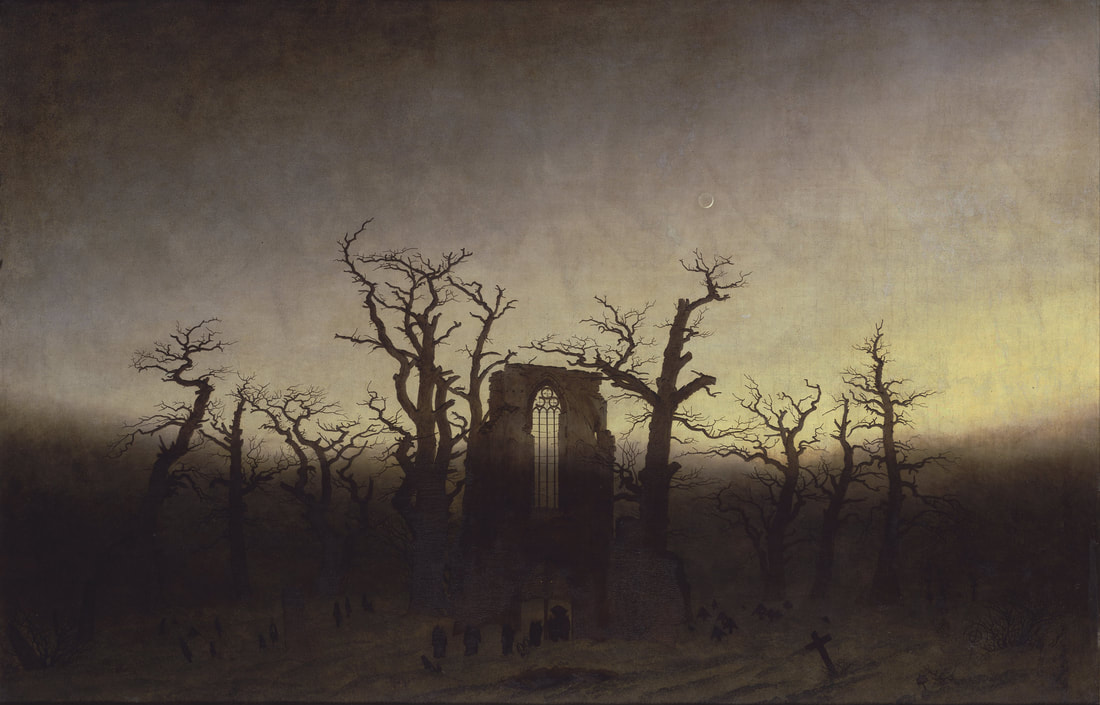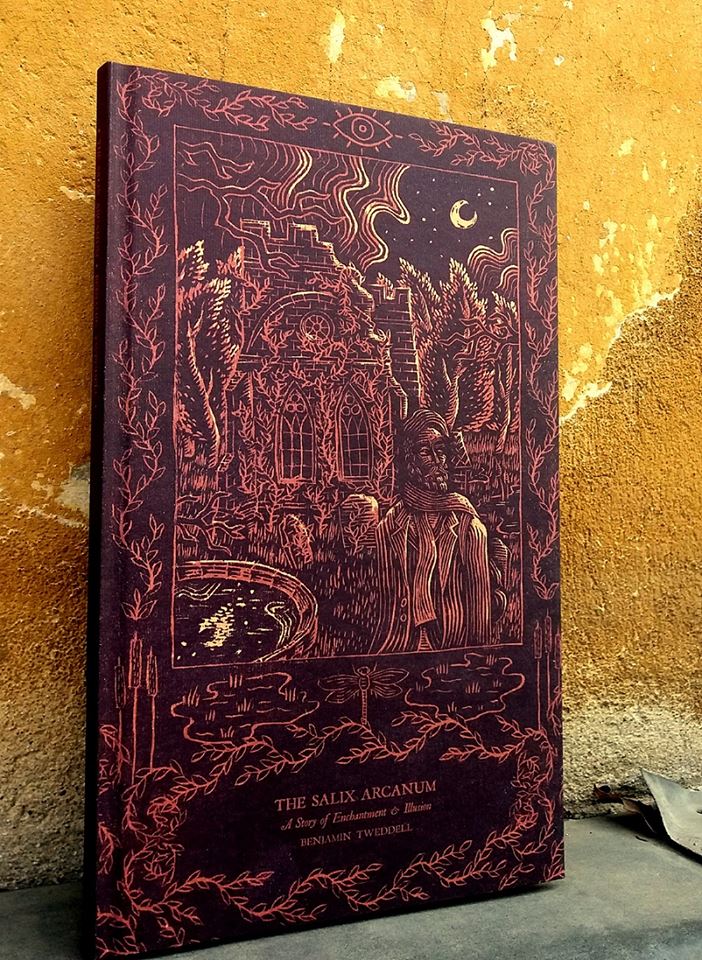|
Abbey among Oak Trees, by Caspar David Friedrich (1809-10). In the beginning, before humanity, consciousness, perception, society and narrative, there was only the continuous flow of the cosmos, the slow geological dramas of displacements and accommodations, the infinite cycles of days and seasons, the perpetual entropic Nature. But suddenly, some primates discovered (or invented) the individual mind, with impulses that led in a direction different from those expected reactions to natural configurations. Then came the social organization. And later, the production of rituals that seemed to dialogue with the cosmic flows. Soon, the nomadic hordes began to settle, and the cities emerged – manifold in their shapes and sizes, from small, isolated villages to the megalopolises and gigantic conurbations that characterize the urban organizations of our present era. Cities are the human heritage par excellence – the living impressions (even when abandoned, in ruins) in the reality, attempts to postpone the uninterrupted flow of Nature. These scarred impressions in the fabric of planet Earth are sources of understandable and inexhaustible pride for mankind. Yet all this pride is not enough to appease the realization, sometimes painfully clear, that underneath these small and large landscapes built by men there are overwhelming forces – powerful rivers that no channel work can handle. The entire plot of Ben Tweddle's short novelette, The Salix Arcanum, revolves around the uncontrollable flows of nature, often invisible to our pedestrian and untrained senses. The author is cunning to maintain, obliquely ambivalent, the devastating forces of Nature – its origin, its unleashing, its purpose – perceived in an indirect and discontinuous way. The reader follows an obscure and ambiguous path, similar to that which the unfortunate protagonist also follows. For Mr. Godwin's path is the quest for understanding the strange world of a British rural community, seemingly ordinary. There are community parties, pubs frequented by religious and other gentlemen in the neighborhood, churches in ruins, marshes, woods and roads in the middle of nothing. But this is only the surface of placid, bucolic peace. At the subterranean thresholds there is the threat, the strangeness and, above all, an unknowable transcendence, which often seems pure, utter perdition. Ben Tweddle builds his metaphysical fantasy set in the British countryside with an extraordinary ability in the delicate construction of the visionary setting (gradually revealed and only accessible in all its glory at the end), a magnificent sensitivity to ambiguity, at least in the same baseline as Henry James. This extraordinary narrative, in turn, requires a kind of appropriate editorial and visual proposal. For it is a narrative where the visionary element and the contrast between perceptions produces a vertiginous effect on the reader – therefore, the design of the book would need to take all of this into account, since reading (in this particular case) was indeed an experience, not just the absorption of the immanent (or immaterial) content encoded in printed (or projected, or loaded) words. So the support needs to have another dimensionality - and this is guaranteed in the spectacular edition of Mount Abraxas. From the jacket – with a beautiful illustration by Matúš Ďurčík, reminiscent of the crude woodcut technique – to the typography and internal photos, everything in this edition was thought to evoke in the reader a unique visionary feeling in the reading process. The yellowing of the pages of the book immerses the reader into a 1970s film whose photograph was sepia-tone. The rhythm of the narrative, in which gradually the visionary landscape acquires more vivid and intricate traits, makes this yellowish world of the book something like a strange lysergic effect. Like the cathedrals in the wilderness, abandoned to Nature – which may be indifferent – from Casper David Friedrich's canvases, The Salix Arcanum will persist, a brief but intense glow (bright and dark at the same time) in the midst of the proliferation of life and death that is the entropic continuum of Nature. Photo by Dan Ghetu.
0 Comments
|
Alcebiades DinizArcana Bibliotheca Archives
January 2021
Categories
All
|


 RSS Feed
RSS Feed
